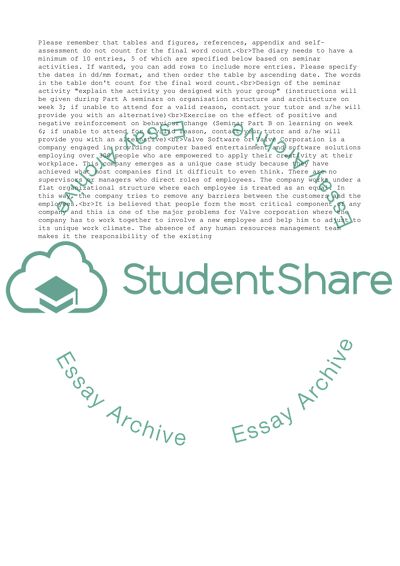Cite this document
(Patchwork assessment of introduction to people , organization and Assignment, n.d.)
Patchwork assessment of introduction to people , organization and Assignment. https://studentshare.org/management/1817342-patchwork-assessment-of-introduction-to-people-organization-and-management
Patchwork assessment of introduction to people , organization and Assignment. https://studentshare.org/management/1817342-patchwork-assessment-of-introduction-to-people-organization-and-management
(Patchwork Assessment of Introduction to People , Organization and Assignment)
Patchwork Assessment of Introduction to People , Organization and Assignment. https://studentshare.org/management/1817342-patchwork-assessment-of-introduction-to-people-organization-and-management.
Patchwork Assessment of Introduction to People , Organization and Assignment. https://studentshare.org/management/1817342-patchwork-assessment-of-introduction-to-people-organization-and-management.
“Patchwork Assessment of Introduction to People , Organization and Assignment”. https://studentshare.org/management/1817342-patchwork-assessment-of-introduction-to-people-organization-and-management.


